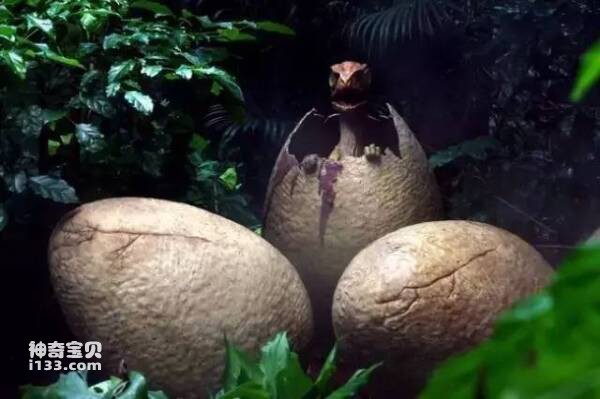The world's largest dinosaur nesting site is in Spain. Paleontologists have discovered a large number of dinosaur bone fossil fragments and dinosaur egg fossils in coastal sediments. These fossils have a long history and come from the late Cretaceous period about 70 million years ago. . The fossils are so abundant that no one can predict how many there are. Paleontologist Professor Sands examined the fossils of an ancient coast covering an area of 9 square kilometers in this area and found that it was a huge dinosaur nesting site. Such a large-scale dinosaur nesting site is the first known in the world so far. of the largest.

Professor Sands conducted a sampling survey of untouched bone fossil fragments and egg fossils buried in sandstone and found that there were 300,000 dinosaur eggs buried in a piece of nearly 10,000 cubic meters of sandstone.
Electron microscope observations of these dinosaur eggs in the laboratory found that the tiny pores in the eggshells that provide oxygen to the embryos are different from those of birds, which confirmed their identity as dinosaur eggs.
In the wild, Sands also found tiny bone fragments that were probably juvenile dinosaurs. At the same time, 24 very well-preserved egg nest fossils were also discovered. Each egg nest contained 1 to 7 round eggs with a diameter of about 20 cm. They were arranged irregularly in the egg nest. This arrangement of egg nests is completely different from other dinosaur egg nests discovered in the past. For example, the eggs in the dinosaur egg nests discovered by scientists in Mongolia were arranged in a regular spiral.

Since the dinosaur egg nests only 1 meter above the surface are well preserved, Sands believes that the "new immigrants" who came to this colony must not have trampled on the egg nests left by the dinosaurs who came here before. Only then did this seemingly overcrowded situation occur - the egg nests were generally less than 1 meter apart from each other in the sandstone. Based on these circumstances, Sands speculated that dinosaurs must have been particularly fond of this area at that time, and would come here every year during the breeding season to lay eggs to reproduce their offspring.
Sands regrets that he has not yet been able to identify the genus and species of the dinosaurs that laid eggs in this area, because he only found some very broken bone fossils, which was not enough to provide sufficient evidence to identify the genus and species of the dinosaurs.
But the world's largest dinosaur nesting site still provides scientists with a lot of other information. For example, this is the first time scientists have found evidence that dinosaurs may have liked to nest near the sea. The reason why dinosaurs like to nest on the seaside is probably because the soft sand on the seaside can protect the eggs they lay and prevent them from breaking. In the past, scientists have discovered the bones of juvenile dinosaurs from marine sediments, but they were likely the fossils of individual dinosaurs washed into the sea. The egg nest fossils preserved in these seaside sediments discovered in Spain are the first unequivocal evidence of dinosaur nesting behavior at the seaside.
animal tags:
We created this article in conjunction with AI technology, then made sure it was fact-checked and edited by a Animals Top editor.